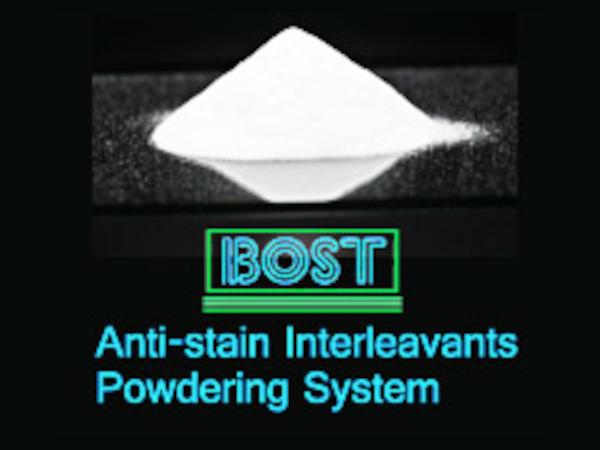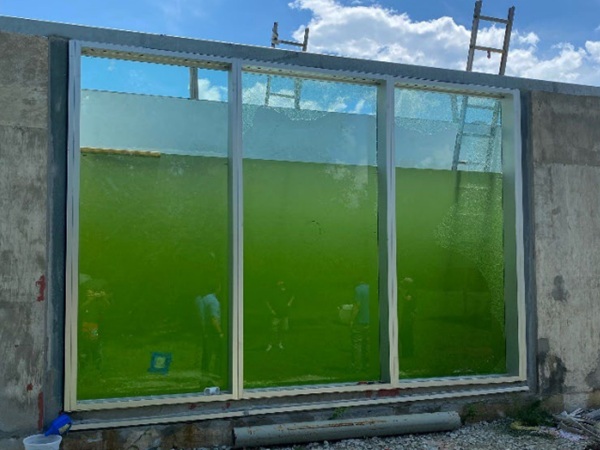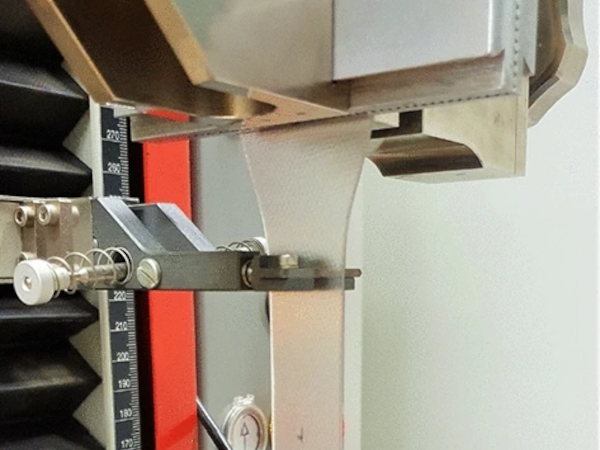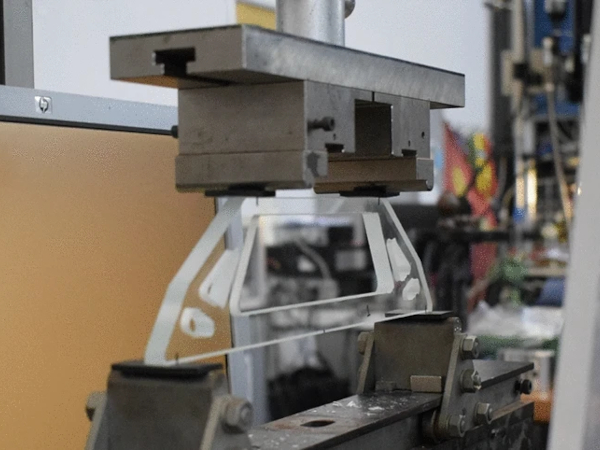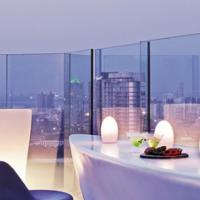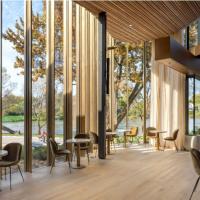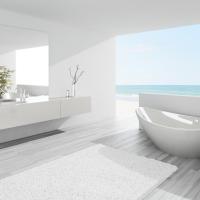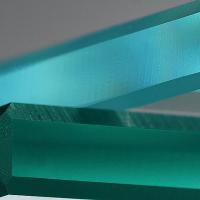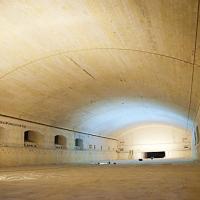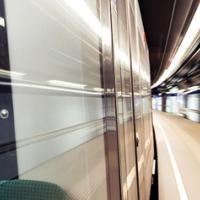Acrylic beads, combined with acid powder to prevent corrosion or staining, are commonly utilized in the flat glass industry.
Bost interleaving powders, such as FPPU and HP, are widely adopted across North America, Asia, and the Middle East. They safeguard flat, tempered, and coated glass used in residential, commercial, automotive, furniture, solar, and other applications.
Selecting the appropriate interleaving powder involves considering factors such as warehouse inventory duration, humidity levels during storage, transportation mode, and distance. Optimal particle size distribution is essential for effective protection. A balance must be struck to prevent issues like bead fallout due to large beads or glass blinding caused by excessive fine beads. Unscreened products result in performance inconsistencies, leading to glass-on-glass contact, rub marks, "worm tracking" on coated glass, scratches, and staining.
For maximum glass protection against corrosion and efficient lite separation, NPPU, a blend of boric acid and acrylic beads, is recommended. TB-11, consisting of acetic acid and acrylic beads, is suitable for shorter storage periods and low humidity conditions. For glass with high-performance coatings, FPPU stands out as it employs beads that safeguard the coating while enduring transportation without abrasion or disintegration.
Bost offers a range of interleaving powders tailored to specific application requirements, ensuring optimal performance and protection for flat glass surfaces.
Contact: Lionel
WhatsApp: +8613536558264
Email: bost012@bostglass.com

